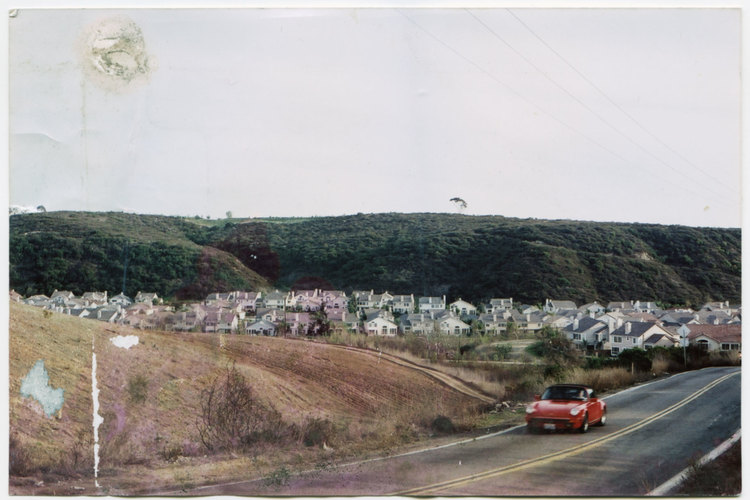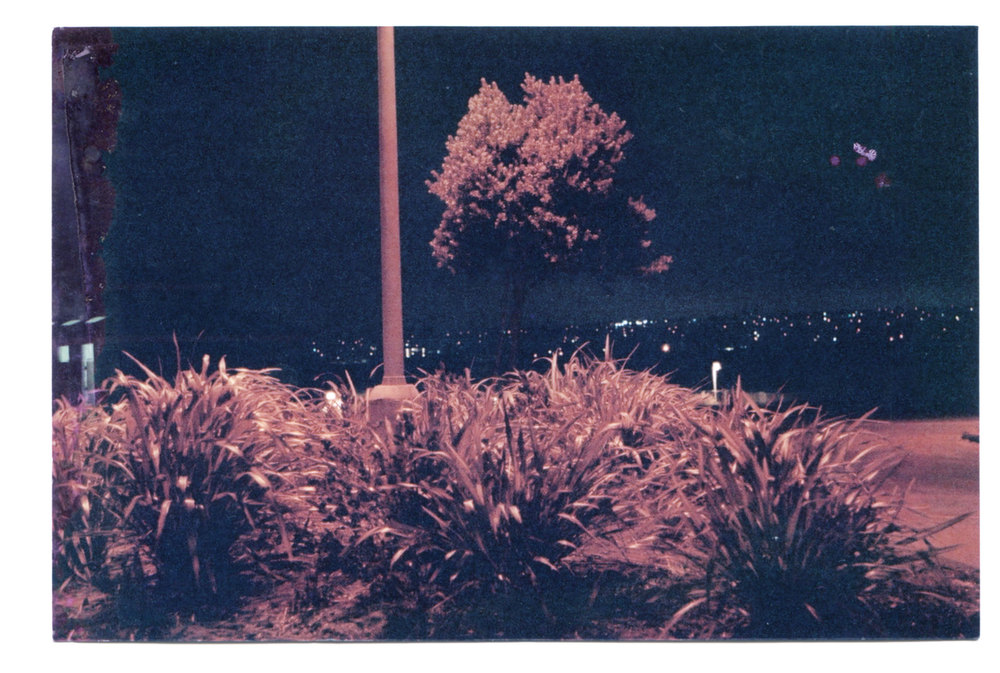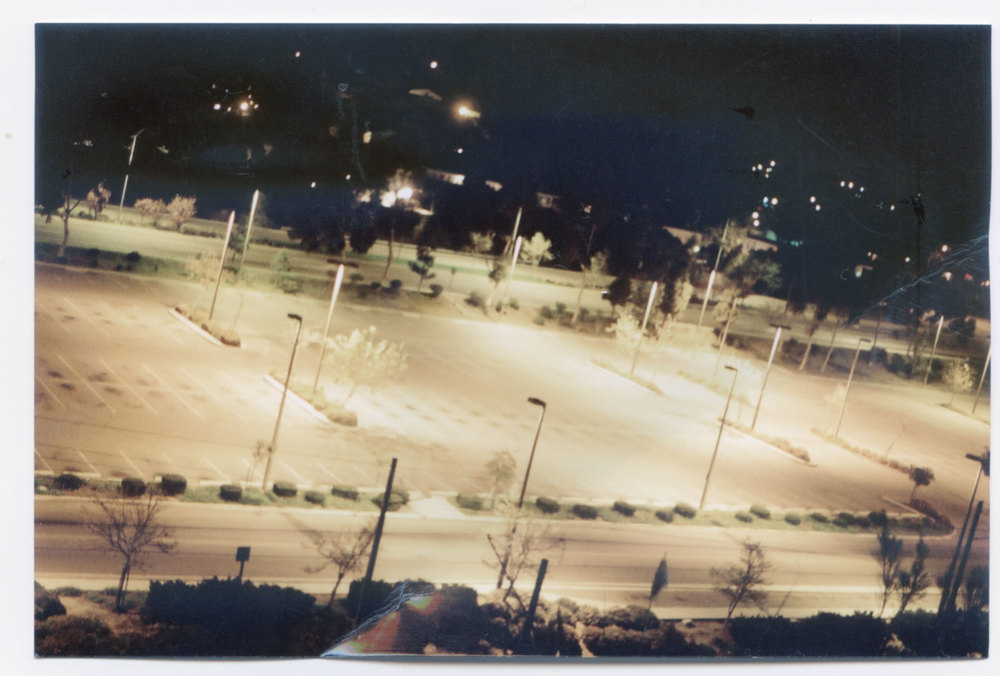

The California Miniatures
Essays on the Southern Californian landscape.
The sprawl that constitutes Southern California traced out for me a horizon that was both alien and wondrous to behold... I was intrigued by the discreet nature of suburban planning, this empire of malls, condominiums and tract housing, neatly laid out in isolated blocks that had no place for (indeed did not allow for) the chinks of history to show through.
Even more captivating was the transformation by night of areas that were quite uninteresting when viewed during the day. Isolated car lots, stained in luminous hue by light that streamed down from sodium-vapor lamps: shop-interiors, floating in the textured glow of neon tubing that ornaments window fronts.
As I slowly acclimatized myself to this new vista, and marked out territories I found visually interesting, the strategies of homogeneity that enable the fabrication of such a landscape gradually became familiar to me.
Movement through these spaces, enforced by a logic of circulation that rationalizes the landscape for the sake of efficiency, forces the sublime to manifest itself through incongruity.
The delicate and repetitious nature of line that coalesce in the formation of vast expanses of construction…tract housing and freeway ramps, when viewed from afar, becomes as symbolic of these vistas as the mechanical and electronic circuitry of the machines that produce them, and are nothing if not symptomatic of the engine that fuels sprawl.
Undulating ravines, staple Californian topography, assist in the collapse of a sense of scale. The spectacle of huge land-moving equipment rendered minute by this trick of the landscape, appears as sublime as a view close up of the engines that power them.
I had begun systematically identifying and photographing areas I found interesting- I would mark areas while driving by them, and then return to photograph the locale. The photographs were developed by a commercial printer and returned to me enclosed in cardboard cartons. I decided to use these cartons as my canvas, as I was surprised by the unconventional nature of the frame that was created by the unfolding and subsequent flattening of the lid of the carton.
The decision to paint them in miniature allied itself not only to the miniaturizing tendency of the landscape but also to the tradition of miniature painting which was familiar to me. The wide frame obtained upon unfolding the carton allowed also me the space to render a panoramic view.
The use of unfolded packaging calls attention to the two–pronged approach in my choice of canvas…the gesture of unfolding the package is metaphoric of the way space is deciphered by bodies that travel through it, continuously defining points of entry and exit, and this gesture is echoed figuratively in the way I used the fold lines as a point in space to buttress an image against. Certain images allow the fold lines to delineate their borders while some of the images flow over them (the fold lines). The ensuing tension enables the mobility of the montage thus created.
The delicate nature of this ever-mutating landscape heightens an awareness of the unstable nature of the image. This nascent system, while throwing up choices in ever more permutations and combinations, rules over its domain with the strict hand of a universal semiotic, signs that create a grid of meaning, a system of navigation that makes economy of motion a clarion call.
Praneet Soi
San Diego, California
2000


